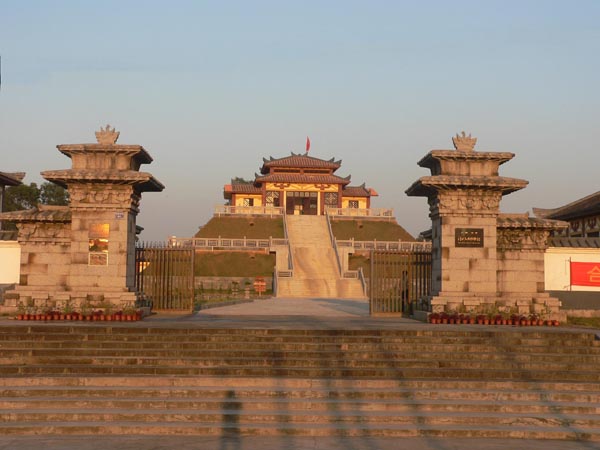
Hepu Han Dynasty Tomb Group Museum

Overview:Han Dynasty Tomb Group Museum of Hepu is Located in the Zhongshan Park in Hepu, Guangxi Zhuang Autonomous Region. In November 2003, archaeologists launched a large-scale excavation project in a group of tombs in Hepu County in South China's Guangxi Zhuang Autonomous Region. The site dates back approximately 2,000 years.
Han Dynasty Tomb Group Museum of Hepu is Located in the Zhongshan Park in Hepu, Guangxi Zhuang Autonomous Region. In November 2003, archaeologists launched a large-scale excavation project in a group of tombs in Hepu County in South China's Guangxi Zhuang Autonomous Region. The site dates back approximately 2,000 years.
The No 6 tomb belongs to the imperial Han Dynasty (206 BC-AD 220). There, the historians recently unearthed a complete bronze carriage pulled by a bronze horse. It is the first time such a bronze artifact has been discovered in Southern China. Bronze carriages pulled by horses were a symbol of power and wealth in the Han Dynasty as funerary objects. The example in this tomb reveals that the owner of the tomb - a female - was likely of a high social status.
The No 6 tomb is 7 metres long with a width of 4.6 metres and a height of 7 metres, and is one of the largest Han tombs unearthed in the area. Besides the bronze carriage and horse, researchers found other artifacts, including two bronze oxen, bronze lamps and bronze cups, more than 100 coins, and a silver ring. Covering an area of about 69 square kilometres, the site has nearly 7,000 tombs of the Han Dynasty. The archaeologists so far have excavated only 400.

